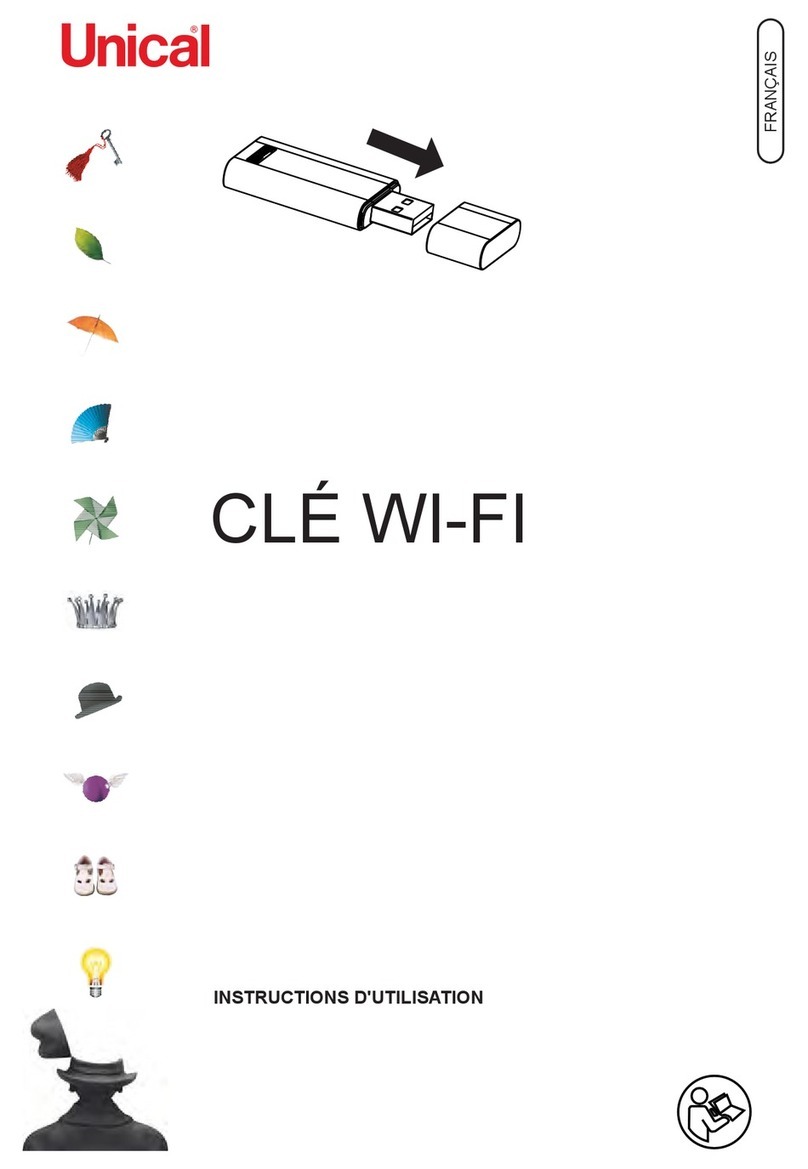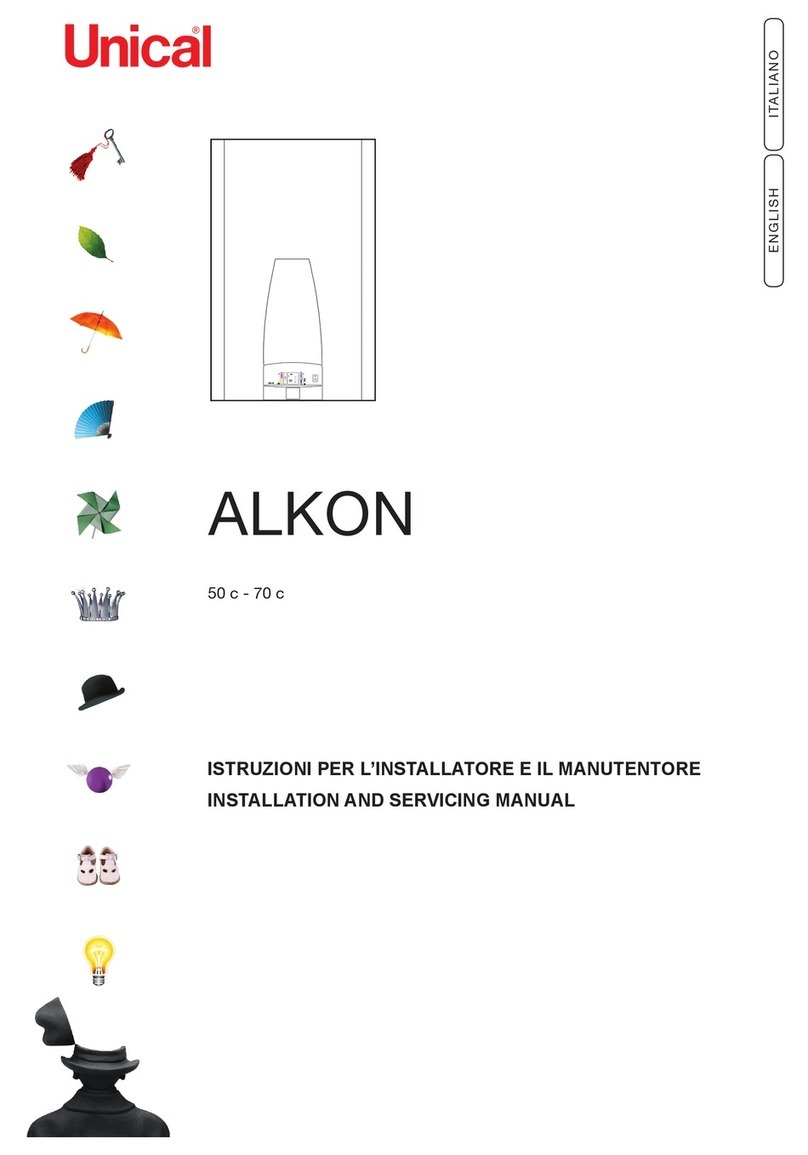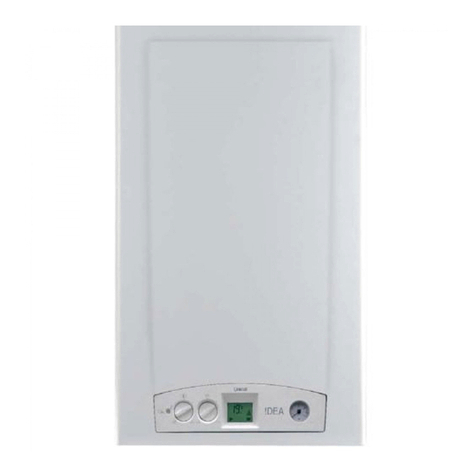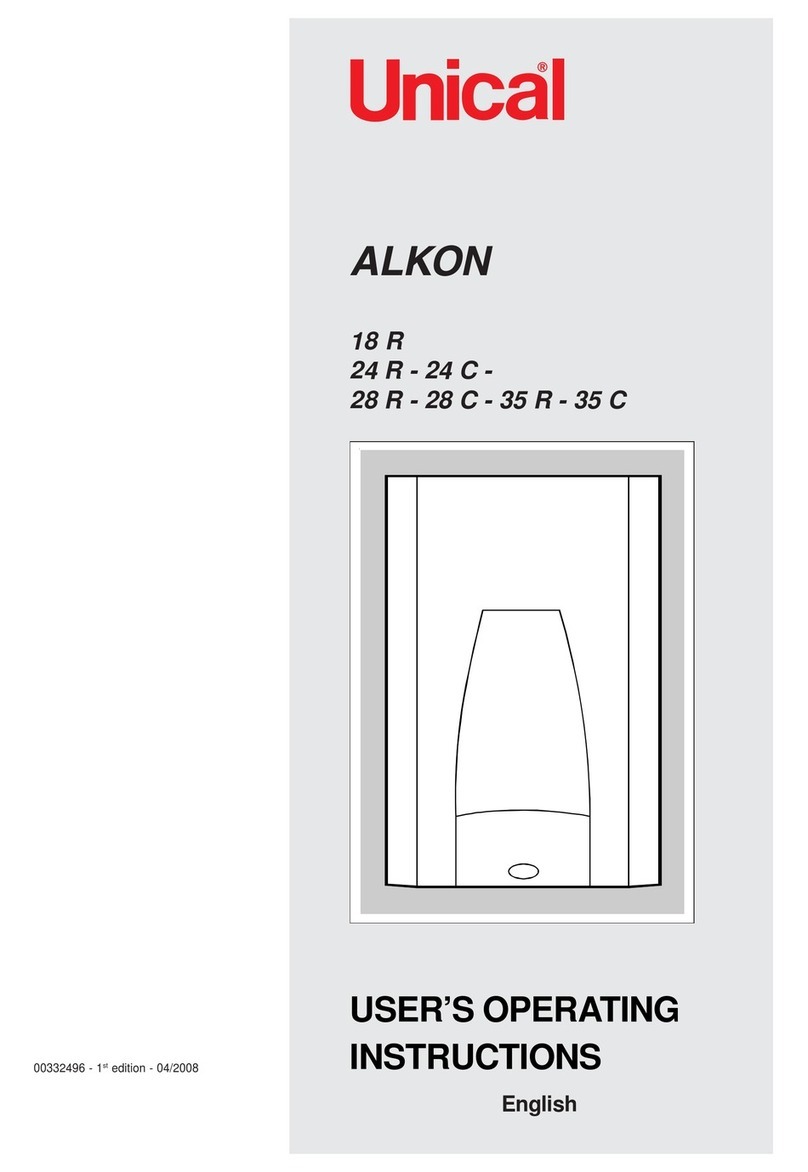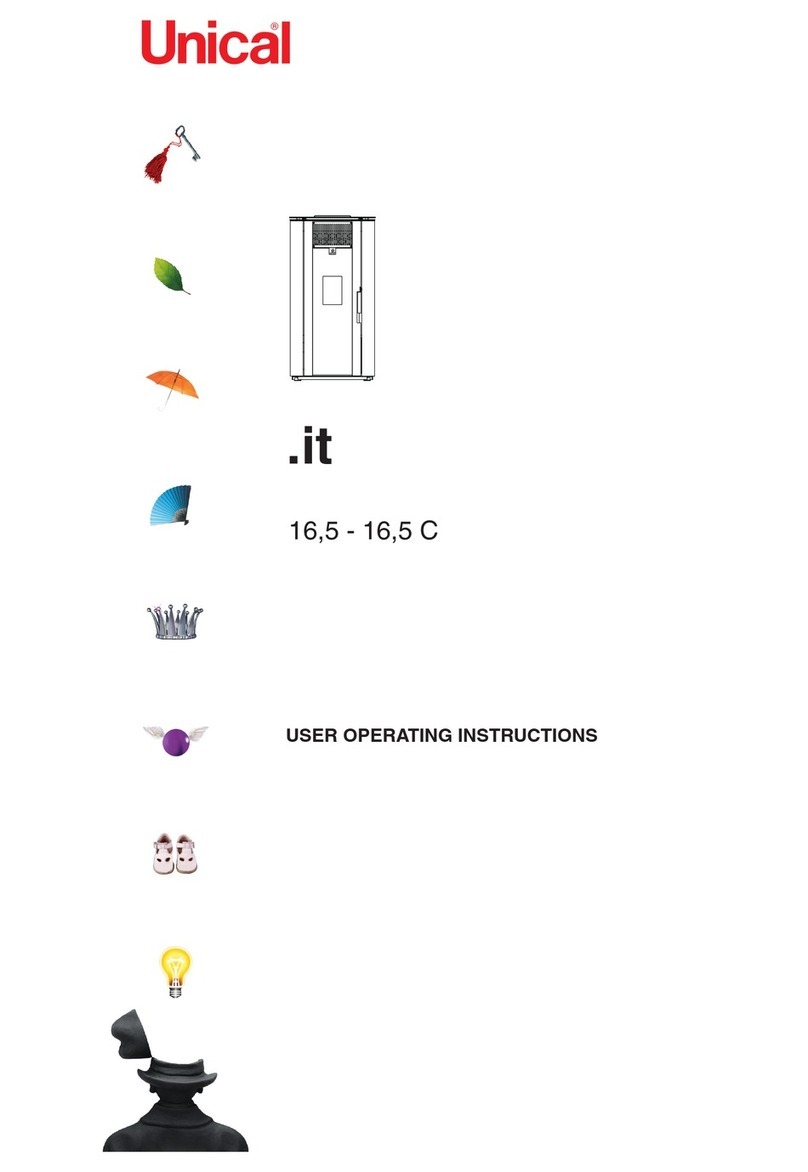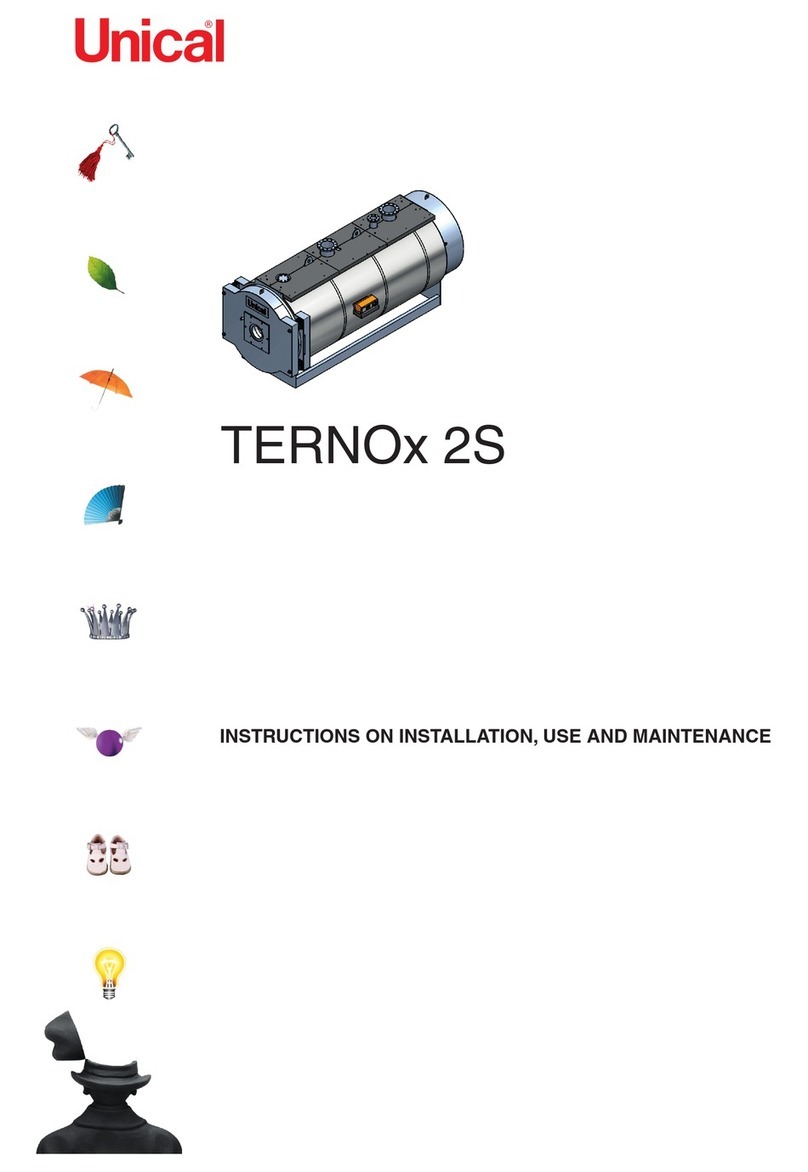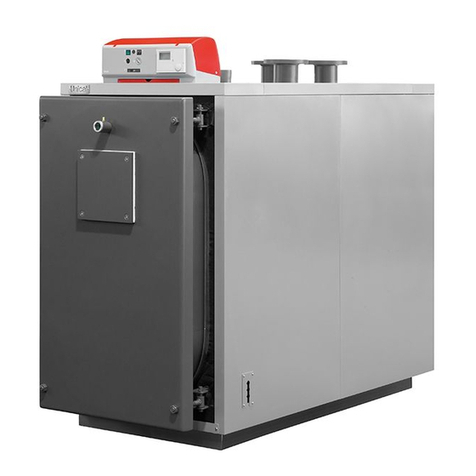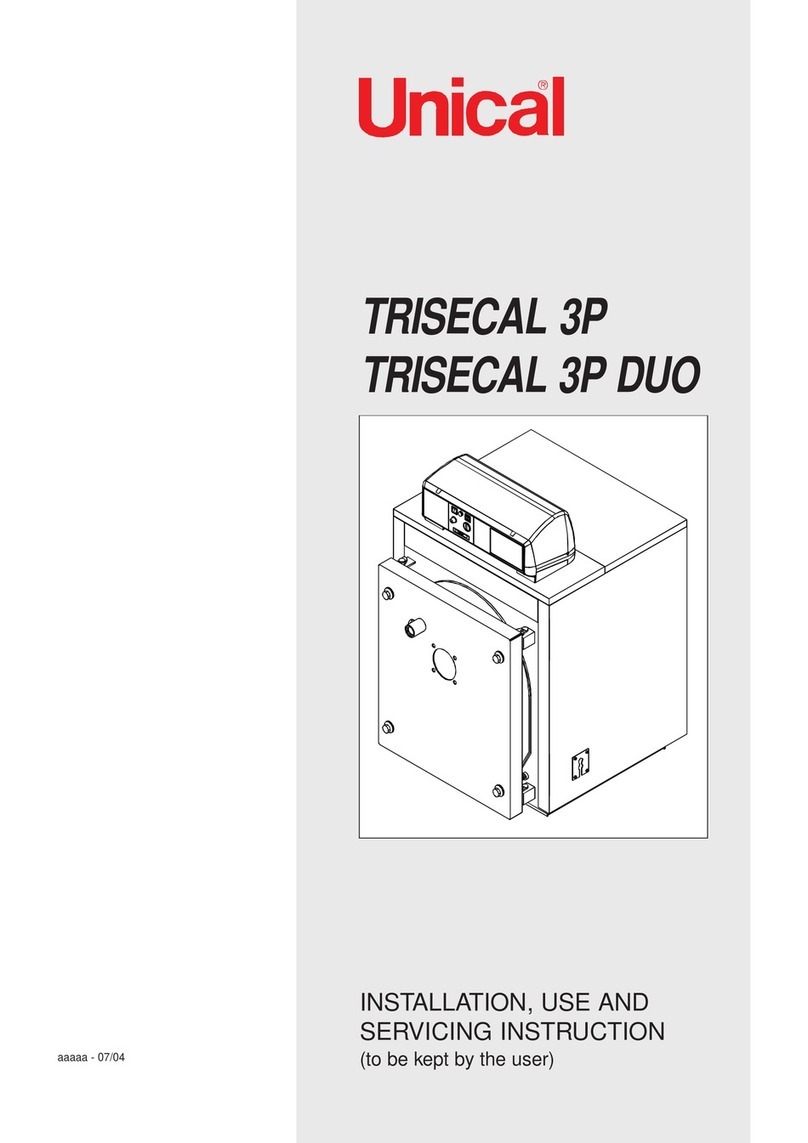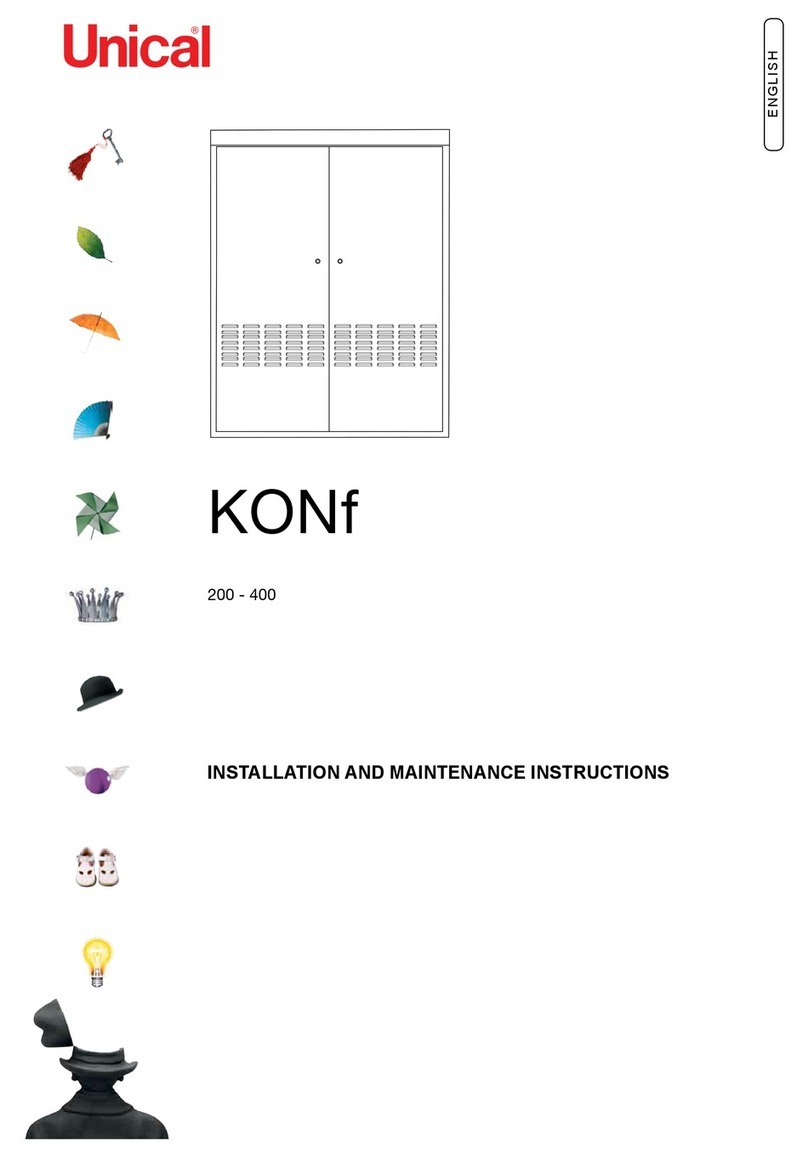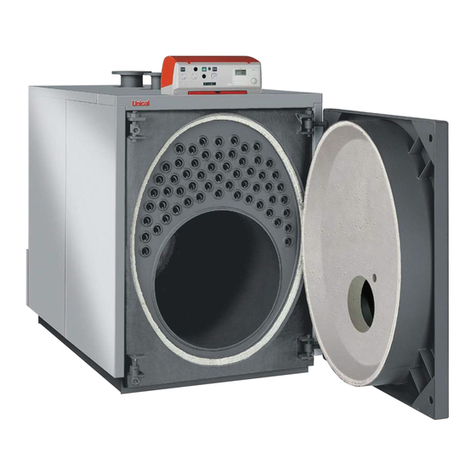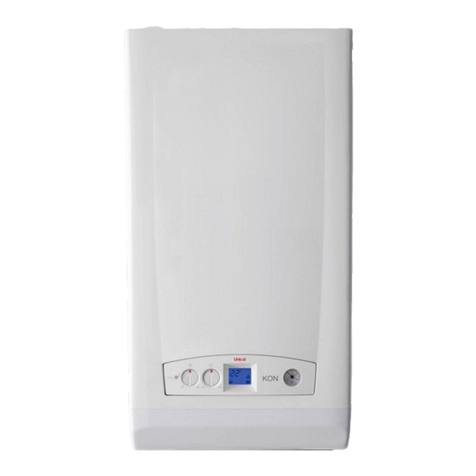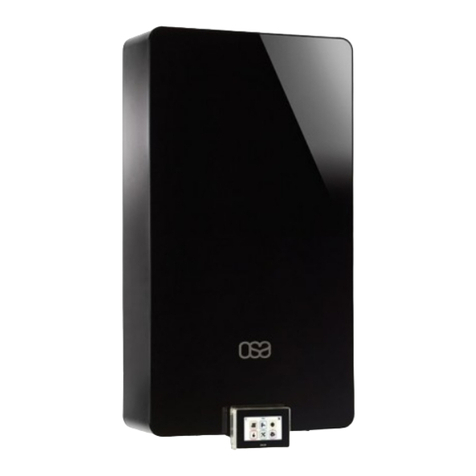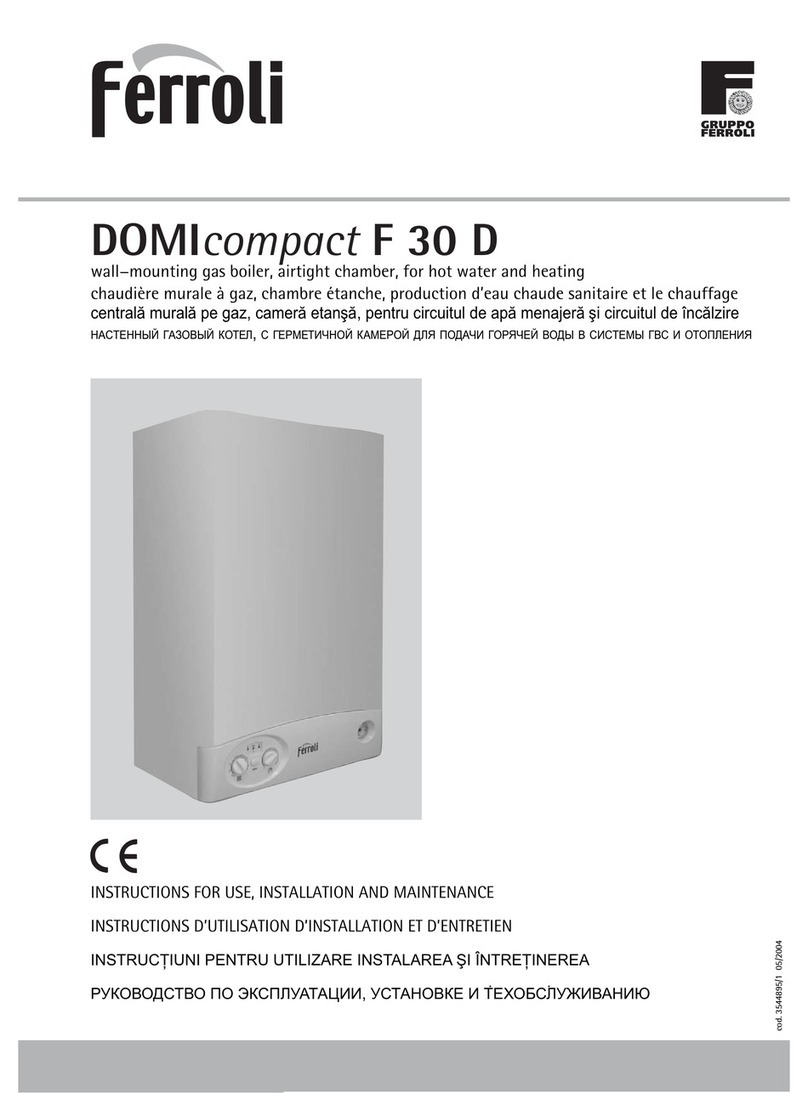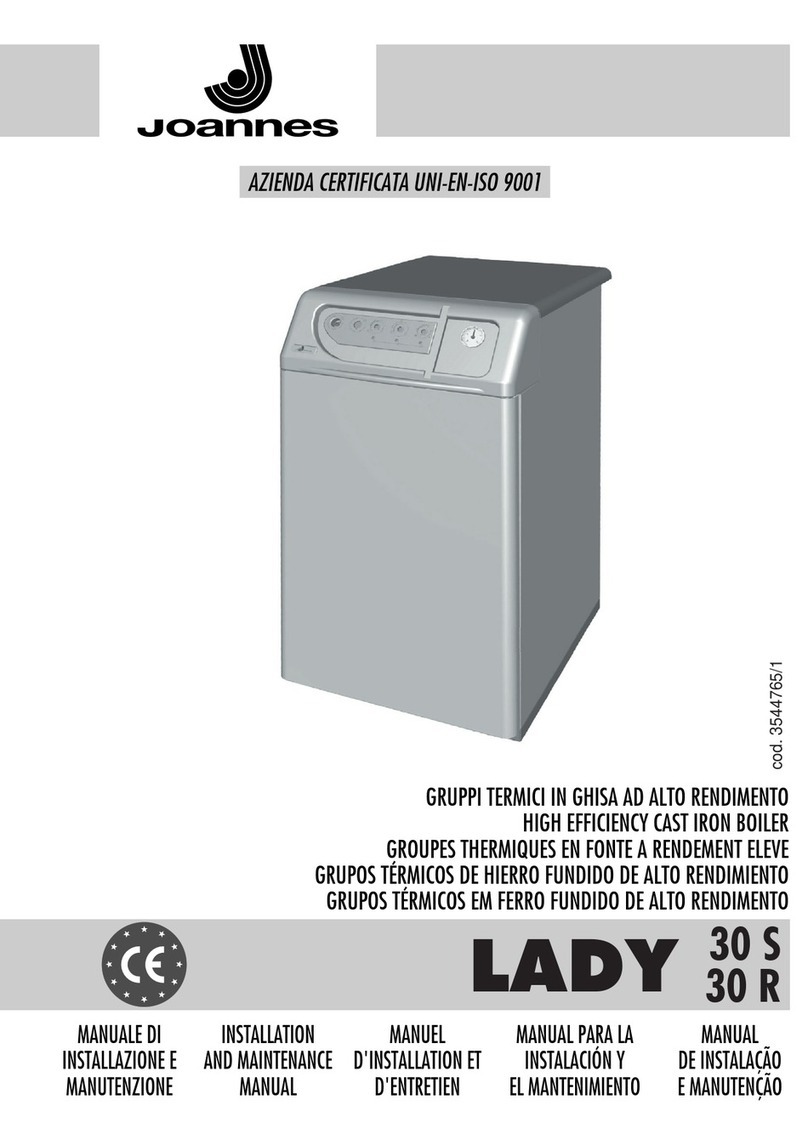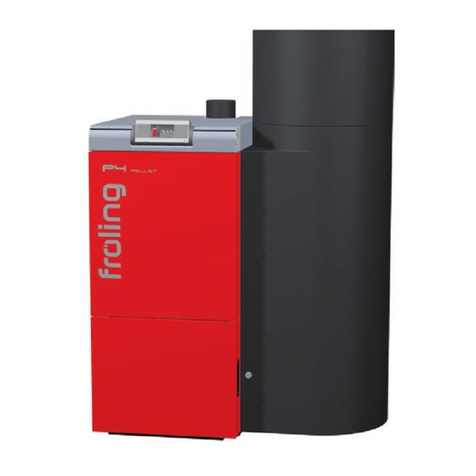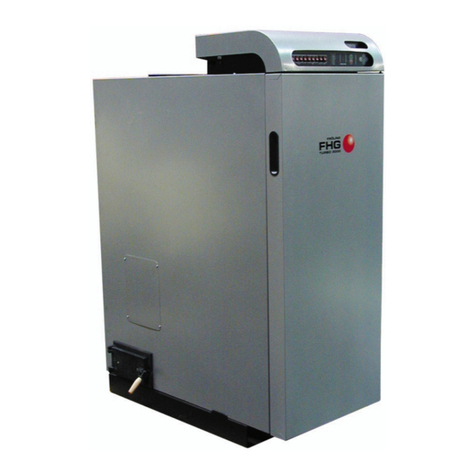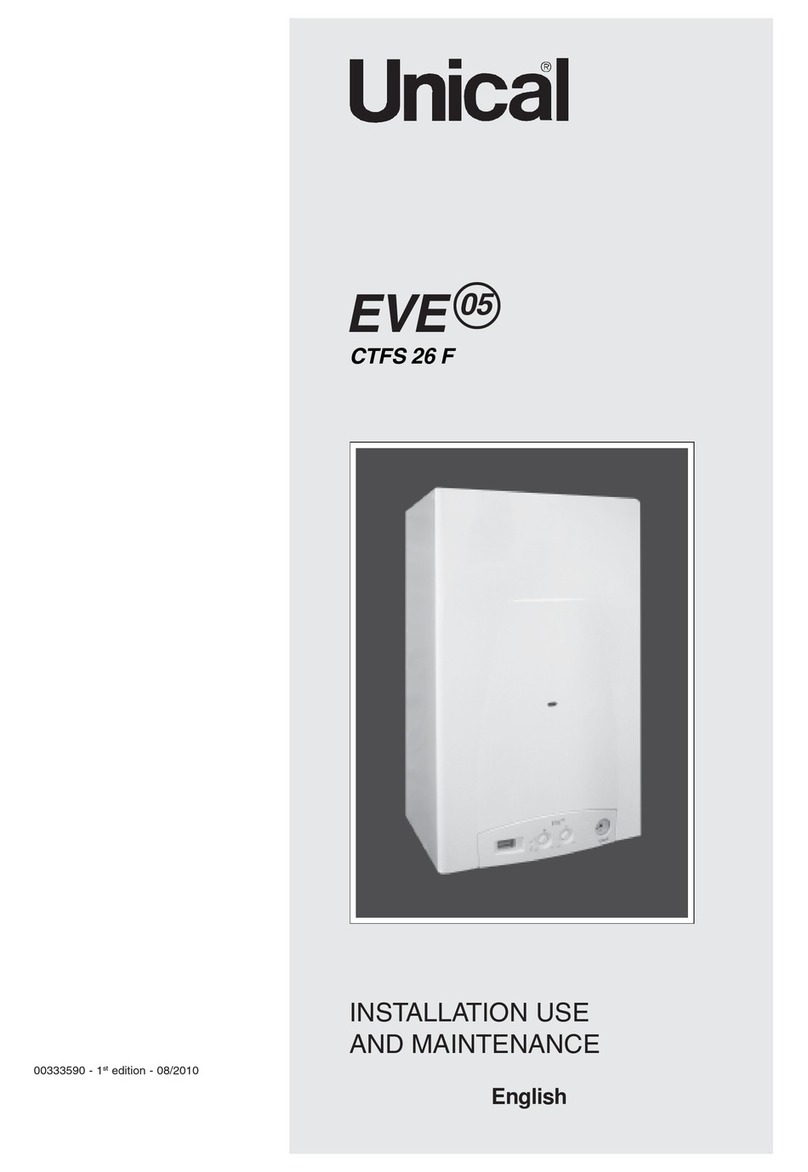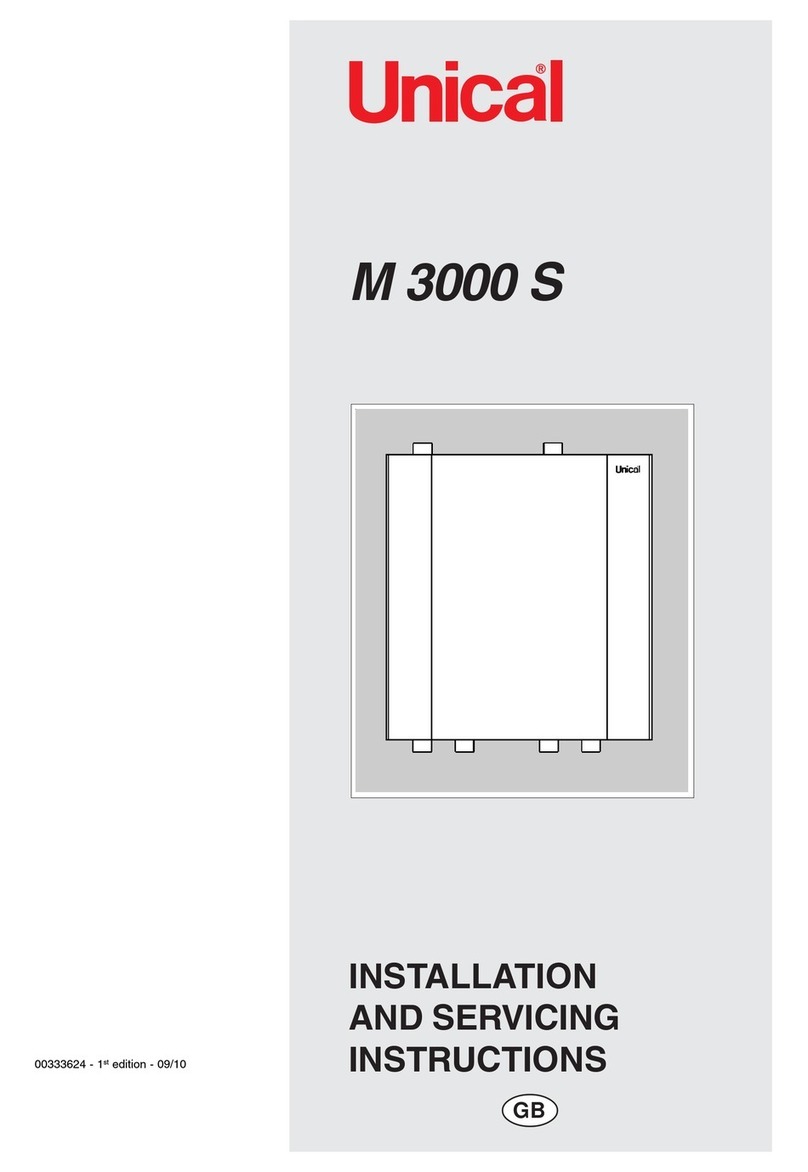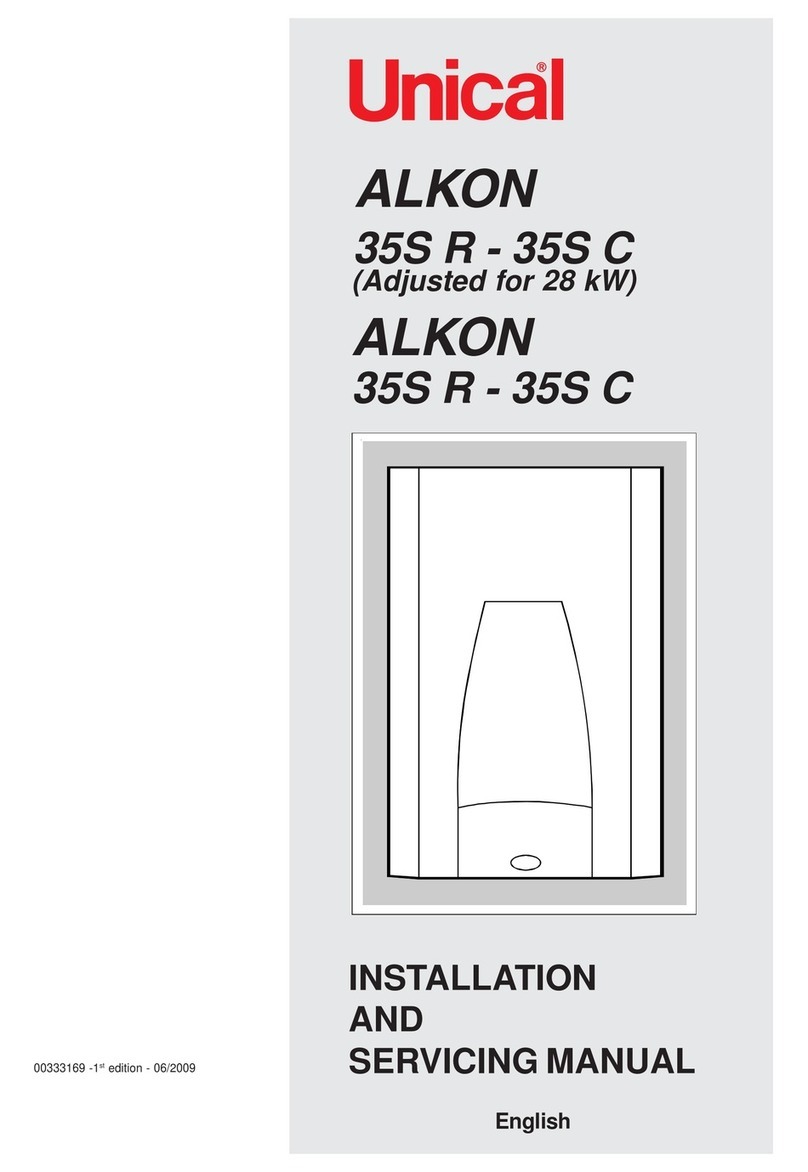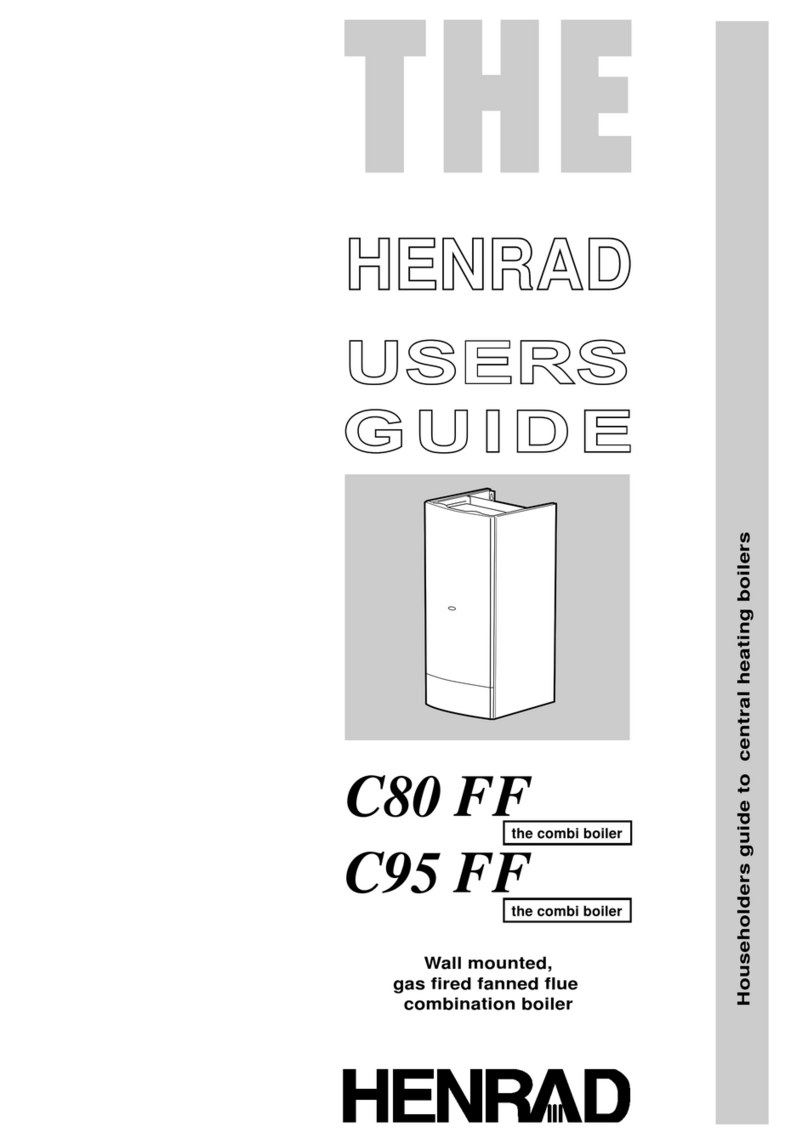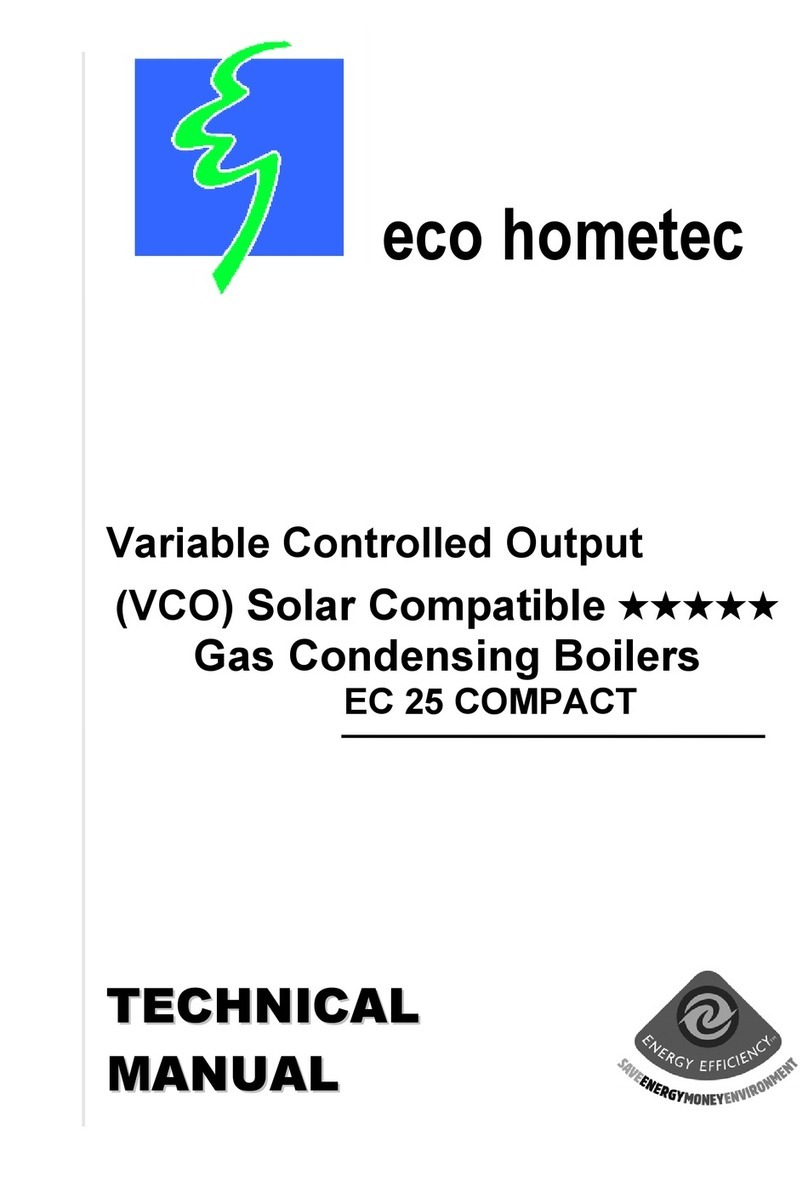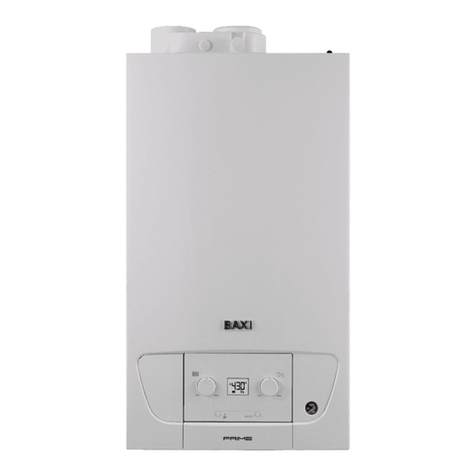Warning: this manual contains instructions to be used exclusively by the installer and/or a
competent person in accordance with the current laws in force.
The end user MUST not make any alterations to the boiler.
Failure to follow the instructions indicated in this manual, which is supplied with the boiler,
could cause injury to persons, animals or damage to property. UNICAL shall not be held
liable for any injury and/or damage.
CONTENTS
1GENERALINFORMATION ................................................................................................................................................................................... 3
1.1 Symbols used in this manual ....................................................................................................................................................................... 3
1.2 Correct use of the appliance ....................................................................................................................................................................... 3
1.3 Water treatment ............................................................................................................................................................................................ 3
1.4 Information to be handed over to the user .................................................................................................................................................. 3
1.5 Safety warnings ............................................................................................................................................................................................ 4
1.6 Data badge .................................................................................................................................................................................................... 5
1.7 General warnings ......................................................................................................................................................................................... 6
2TECHNICAL FEATURESAND DIMENSIONS ..................................................................................................................................................... 7
2.1 Technical features ........................................................................................................................................................................................ 7
2.2 Dimensions ................................................................................................................................................................................................... 8
2.3 Main components ......................................................................................................................................................................................... 9
2.4 Boiler water circuit ...................................................................................................................................................................................... 10
2.5 Performance data according to the Standard UNI 10348 ....................................................................................................................... 11
2.6 General features ......................................................................................................................................................................................... 12
3INSTRUCTIONS FOR THE INSTALLER ............................................................................................................................................................ 12
3.1 General warnings ...................................................................................................................................................................................... 12
3.2 Standard codes for installation ................................................................................................................................................................. 13
3.3 Packaging .................................................................................................................................................................................................. 13
3.4 Boiler location ............................................................................................................................................................................................ 14
3.5 Boiler installation ........................................................................................................................................................................................ 15
3.6 Gas connection ......................................................................................................................................................................................... 15
3.7 Central heating connections ..................................................................................................................................................................... 16
3.8 DHW connections ..................................................................................................................................................................................... 17
3.9 Condensate drain ...................................................................................................................................................................................... 18
3.10 Flue outlet installation................................................................................................................................................................................ 19
3.11 Electrical connections ............................................................................................................................................................................... 26
General warnings ...................................................................................................................................................................................... 26
Connection to mains supply 230V ............................................................................................................................................................ 26
Outdoor sensor connection ..................................................................................................................................................................... 27
ON-OFF digital room controller connection ............................................................................................................................................ 28
Modulating RT/OT room controller connection ....................................................................................................................................... 28
Layout of the electrical connection for zone control systems ............................................................................................................... 29
3.12 Wiring diagrams ........................................................................................................................................................................................ 30
3.13 Filling the system .............................................................................................................................................................................. 31
3.14 Initial lighting .............................................................................................................................................................................................. 32
3.15 Burner pressure adjustment .................................................................................................................................................................... 33
3.16 Variation of output range ........................................................................................................................................................................... 36
4SERVICINGSCHEDULE .................................................................................................................................................................................... 37
Instructions for inspecting and servicing the appliance .................................................................................................................................. 37
5FAULT CODES ................................................................................................................................................................................................... 38
5.1 Fault codes ................................................................................................................................................................................................ 38
6CE CERTIFICATE ............................................................................................................................................................................................... 40
